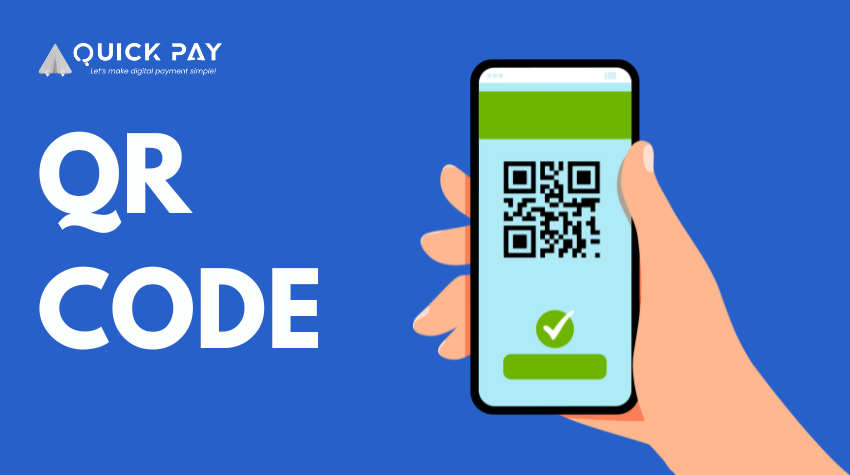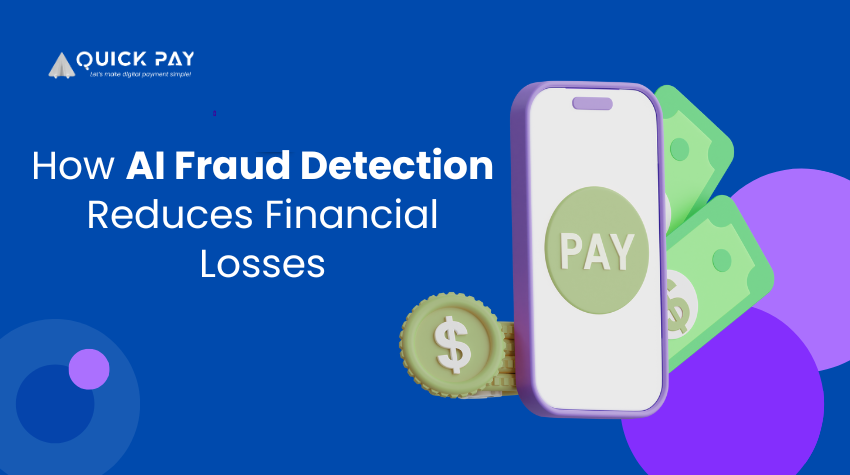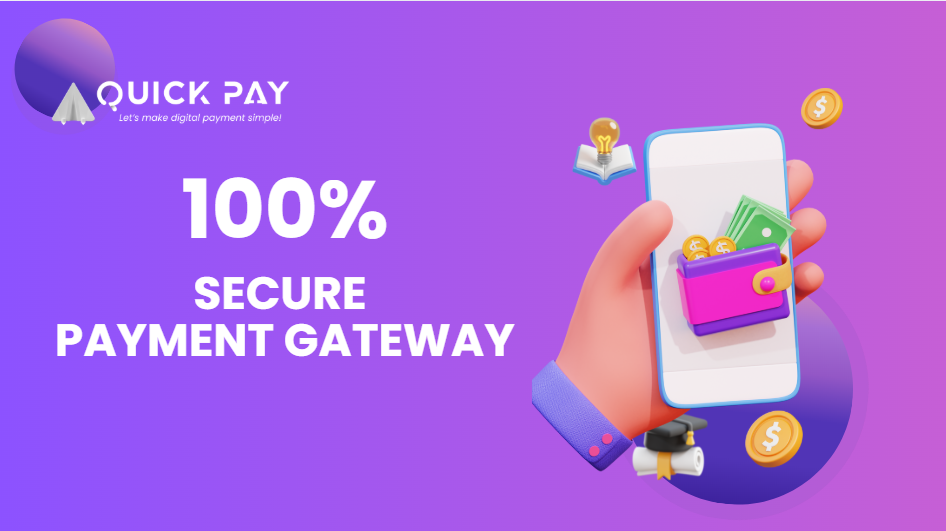What is QR Code in Payment Gateways?
A QR code payment gateway is a type of payment processing technology that allows businesses to accept payments using Quick Response (QR) codes. These codes are scanned by customers using their mobile devices, which then initiate a payment transaction. QR code payment gateways are designed to make transactions faster, more secure, and more convenient for both businesses and customers.
How Do QR Code Payment Gateways Work?
- Merchant generates QR code: A merchant creates a QR code linked to their payment account, specifying the payment amount and other details.
- Customer scans QR code: A customer scans the QR code using their mobile device's camera through a payment app or wallet.
- Payment processing: The payment app or wallet verifies the payment details and prompts the customer to authorize the transaction.
- Transaction confirmation: Once authorized, the transaction is processed, and the payment is transferred to the merchant's account.
Benefits of QR code payments
- Convenience: QR code payments are contactless and convenient, eliminating the need for cash, cards, or physical payment terminals.
- Fast transactions: QR code payments are processed in real-time, reducing transaction times.
- Low costs: QR code payments often have lower transaction fees compared to traditional payment methods.
- Increased security: QR code payments reduce the risk of card skimming or cash handling errors.
Types of QR code payments
- Static QR code: A static QR code is linked to a specific merchant account and can be used for multiple transactions.
- Dynamic QR code: A dynamic QR code is generated for a specific transaction and contains the payment amount and other details.
Security measures
- Encryption: Payment details in the QR code are encrypted to prevent unauthorized access.
- Tokenization: Payment apps and wallets use tokenization to replace sensitive payment information.
- Two-factor authentication: Users are required to authenticate transactions using a PIN, password, or biometric authentication.
Common applications
- Retail payments: QR code payments are widely used in retail stores, restaurants, and cafes.
- Peer-to-peer payments: QR code payments can be used for person-to-person transactions.
- Online payments: Some e-commerce platforms support QR code payments as an alternative payment method.
Impact of QR Code on Indian Business
QR codes have significantly impacted the Indian business market, particularly in the digital payment sector. Here's how India has grown through this service:
Adoption and Impact
- Over 9 million merchants across India now accept India QR code payments, reflecting widespread integration from street vendors to large retailers.
- QR code transactions in India amount to over INR 12 crore annually, highlighting their significant role in the economy.
- The integration of QR codes into UPI platforms has revolutionized digital payments, with leading UPI platforms like Paytm, Google Pay, and PhonePe facilitating millions of transactions monthly.
Benefits for Businesses
- Increased Convenience: QR code payments are contactless and convenient, eliminating the need for cash, cards, or physical payment terminals.
- Fast Transactions: QR code payments are processed in real-time, reducing transaction times.
- Low Costs: QR code payments often have lower transaction fees compared to traditional payment methods.
- Security: QR code payments reduce the risk of card skimming or cash handling errors.
Growth Opportunities
- Digital Transformation: QR codes are leading India's digital transformation, increasing efficiency and convenience.
- Small Businesses: QR code payments have enabled small businesses and street vendors to accept digital payments, expanding their customer base.
- Government Initiatives: The Indian government has actively promoted the use of QR codes, launching initiatives like Bharat QR, a standardized QR code system for digital payments.
- Universal Standardization: Establishing a universal standard for QR codes can enhance interoperability across different payment providers, promoting growth.
- Customization: Offering customizable QR code solutions can cater to specific business needs, increasing adoption.
- Security Measures: Implementing robust security measures, such as encryption and secure scanners, can mitigate phishing risks and build trust in QR code payments.
India's growth through QR code payments
India's growth through QR code payments can be attributed to several factors:
- Increased digital payment adoption: QR code payments have contributed to the growth of digital payments in India, promoting financial inclusion and reducing reliance on cash.
- Small business growth: QR code payments have enabled small businesses to accept digital payments, expanding their customer base and increasing revenue.
- Government support: The Indian government's initiatives, such as Bharat QR, have promoted the adoption of QR code payments, driving growth and innovation in the digital payment sector.
The Future of QR Code Payments
As we look to the future, it's clear that QR code payments are here to stay. With the increasing adoption of digital payments, QR code payment gateways are likely to play an increasingly important role in the payment landscape. In fact, according to recent trends, QR code payments are expected to become even more popular in 2025, with more businesses and consumers adopting this convenient and secure payment method.
















